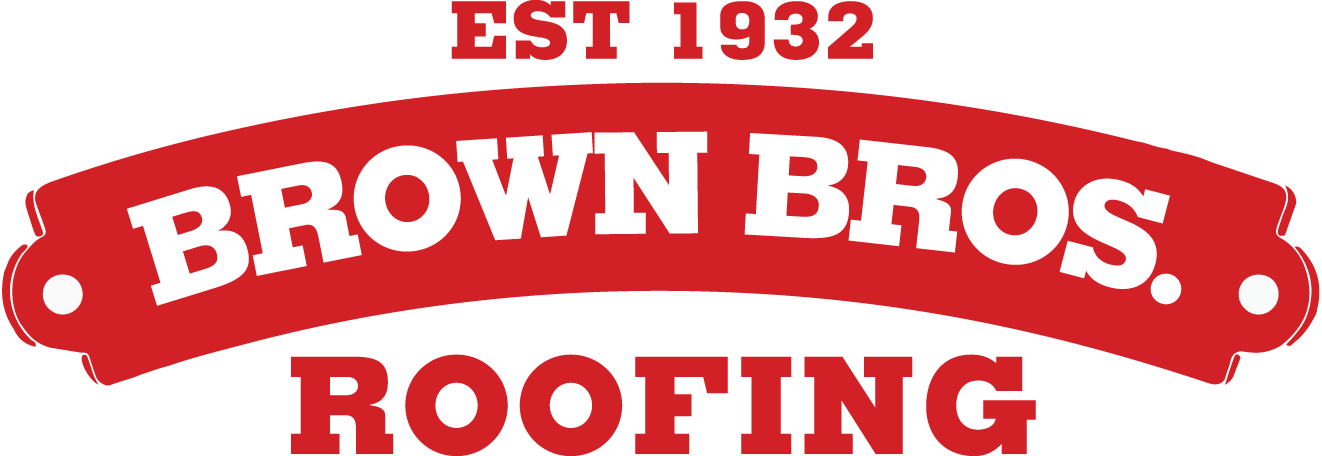Roof Inspection Checklist
The last thing that you want is for your roof to be deteriorating above your head. Your roof is the protective cover of your home, and you should know the condition that it’s in if it’s to function as intended. While you could simply look at your roof and spot obvious defects sometimes, there are instances when the damage is hidden. A professional residential roof inspection is ideal for uncovering problematic and sometimes roof issues that aren’t easily visible. What should your roof inspection checklist include? Here are some things that you should consider.
Type of Roof
It’s important to know the specific maintenance requirements, recommendations, and precautions. The proper assessment can be made when the roof type is known and the most
up-to-date information about your specific roof is available.
Roof Inspection Prep Work
Before a roof inspection begins, our roof should be clean to ensure efficiency and effectiveness during the inspection process. Get rid of any debris, like loose branches or fallen leaves, and any plant kind growing on the roof, such as lichens or moss. It’s also good to identify areas where ponding water accumulates and could potentially cause severe damage to your roof.
Flashing Inspection
A roofing inspection should include checking your roof’s flashing for cracks or tears. Flashing, aka rubber boots, is essential as a thin layer of waterproof protective cover/material that prevents water incursion that could cause serious roof damage. A proper inspection would ensure that the flashing allows water and ice to flow over the seam and defend effectively against the elements.
Check the Attic or Highest Ceiling
Inspecting the inside of ceilings or attic for signs of leaking, like cracking and wet spots, can reveal much about the condition of your roof. The surface isn’t always where the problems are, and invisible layers beneath can easily hide roof damage that with time could be an issue that starts to affect your home and not just the roof.
Inspect the Decking and Underlayment
Your roof’s deck or decking sits directly on the beams and offers support for other roofing layers as well, while the underlayment covers the decking. It’s essential to check if moisture has developed between the two layers.
Check the Condition of Your Gutters and Downspout
Gutters and downspouts serve an important function in controlling the flow of water. Your gutter should be clear of all obstructions and inspected for corrosion and degradation that could cause water to stray, back up, overflow, or cause a leak. Gutter and downspouts should be in a condition that effectively collects water and directs it away from your home.
For your roofing needs, let Brown Bros Roofing be your number one roofing contractor. The pros at Brown Bros can help with any of your roof or chimney issues. Our expert staff will ensure that you have peace of mind and a safe roof above your head. Contact us today.












